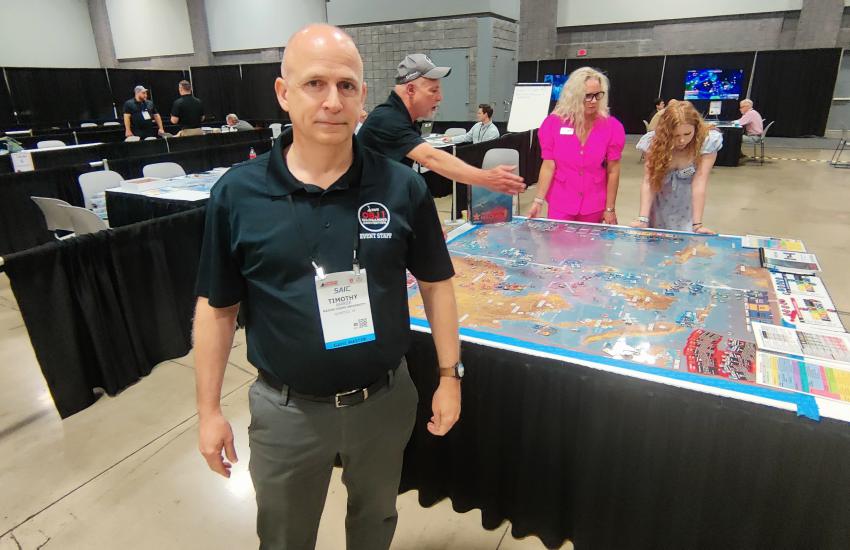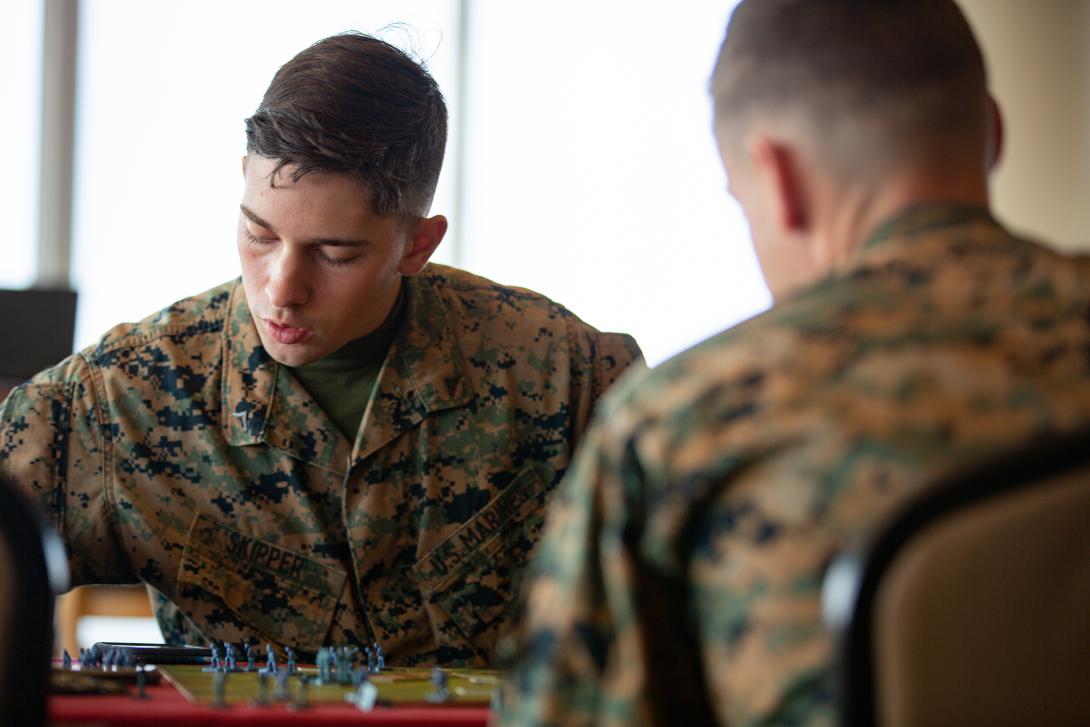U.S. Marines' Modernization Strategy: Preparing for Littoral Warfare With Innovation and Efficient Acquisitions
The U.S. Marine Corps’ revamp toward Force Design 2030 focuses on preparing for littoral contests against near-peer adversaries such as China, incorporating simulation, experimentation and education into their training methods, while also adjusting their acquisition tactics to avoid the lengthy procurement processes that have characterized past U.S. Department of Defense initiatives.
“Innovation is a process, not an outcome,” said Pete Newell, CEO of BMNT, an innovation consultancy.
And this process tolerates no paralysis by analysis.
“If you defer action because you think you’ll have better information, then you’re putting yourself at a disadvantage versus your adversary,” said Graham Chynoweth, director of global investments at the Office of Strategic Capital, Department of Defense (DoD).
These speakers addressed the audience in the panel “Hacking Capability Development Through DoD Innovation” on Wednesday at the Modern Marine Day show in Washington, D.C.
Discussions throughout the event focused on the Marines’ Force Design 2030, an initiative to restructure the service to fight in contested spaces with near-peer rivals.
Acquisitions were a recurring theme in the event, including its shortcomings. One of the panel’s participants mocked the two decades it took the DoD to design the F-35 fighter, illustrating how a purchase takes at least nine years through regular Pentagon channels.
“If you told a private company, ‘Please spend 20 years planning your product,’ you'd get a lot of puzzled looks because nobody would spend time planning for 20 years because you know you came up with a wrong answer,” explained Mike Brown, partner at Shield Capital and former director of the Defense Innovation Unit, DoD.
To shorten lead times that could reach 27 years, panelists explained that the other transaction authority was leveraged. This brought times down to one year. Still, that accounted for two-thirds of the life of a startup, according to Chynoweth.
The threat of complacency in the face of an adversary like China acquiring an array of hybrid and conventional capabilities is considered more severe than a business, administrative or mere public relations risk.
“Delivering stuff in the young Marines’ hands at the time and placing them in the right quantities in the right function. If we ever forget that, we will continue to build organizations that do a great job of meeting their own metrics and celebrating how fast they go without realizing it is about the speed of delivery,” Newell said.

If you told a private company, ‘Please spend 20 years planning your product,’ you'd get a lot of puzzled looks.
Nevertheless, combat lessons that force evolution and empower services to be capable deterrents are derived from war. Games are an effective alternative. And many help Marines simulate conflict to inform education and foster readiness.
“The cognitive skills when you're in combat—to estimate a situation, be aware of what factors matter and then being willing to change your plan and adapt to the circumstances—that's critically important to warfighting and effectively commanding forces in combat, and wargaming can absolutely provide a venue that gives our Marine leaders the opportunity to practice those decisions,” said Tim Barrick, director of wargaming at the Krulak Center for Innovation and Future Warfare, Marine Corps University.
But Barrick’s work does not end when Marines finish their gaming; that is when his job starts.
“In a computer game environment, now when you're playing the game, you're going to start to generate some data associated with ammunition consumption, fuel consumption, losses,” Barrick explained.
After several games are played, this information creates data sets that can be leveraged to produce analytics, which can be further processed and tested to reach various conclusions about capabilities available and needed, according to Barrick.
These lessons are part of a routine process where senior leadership receives insights that, in many cases, have changed the trajectory of Force Design 2030.
“We’re continuing to research in all those areas of Force Design and continue to refine through updates,” Barrick added.






Comments